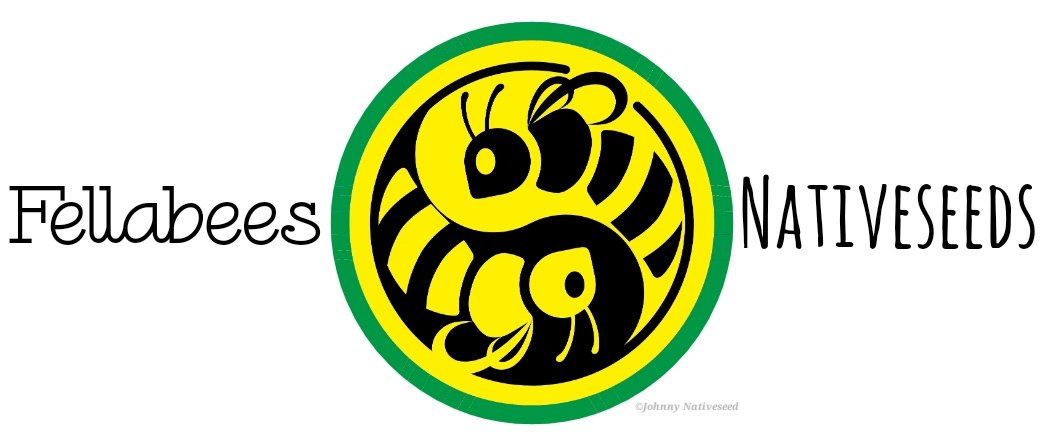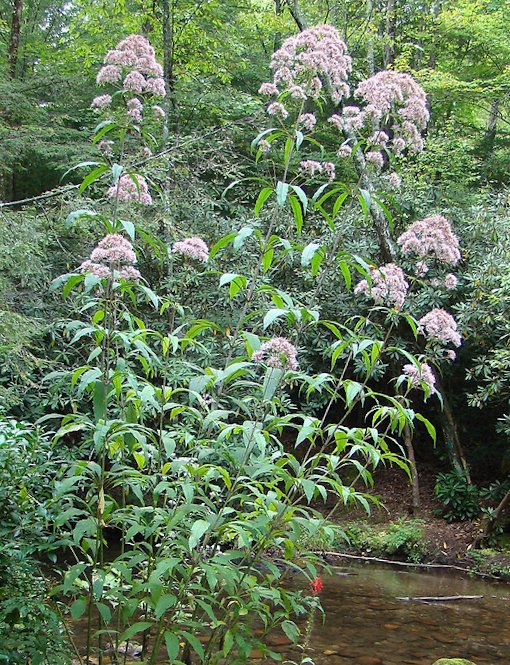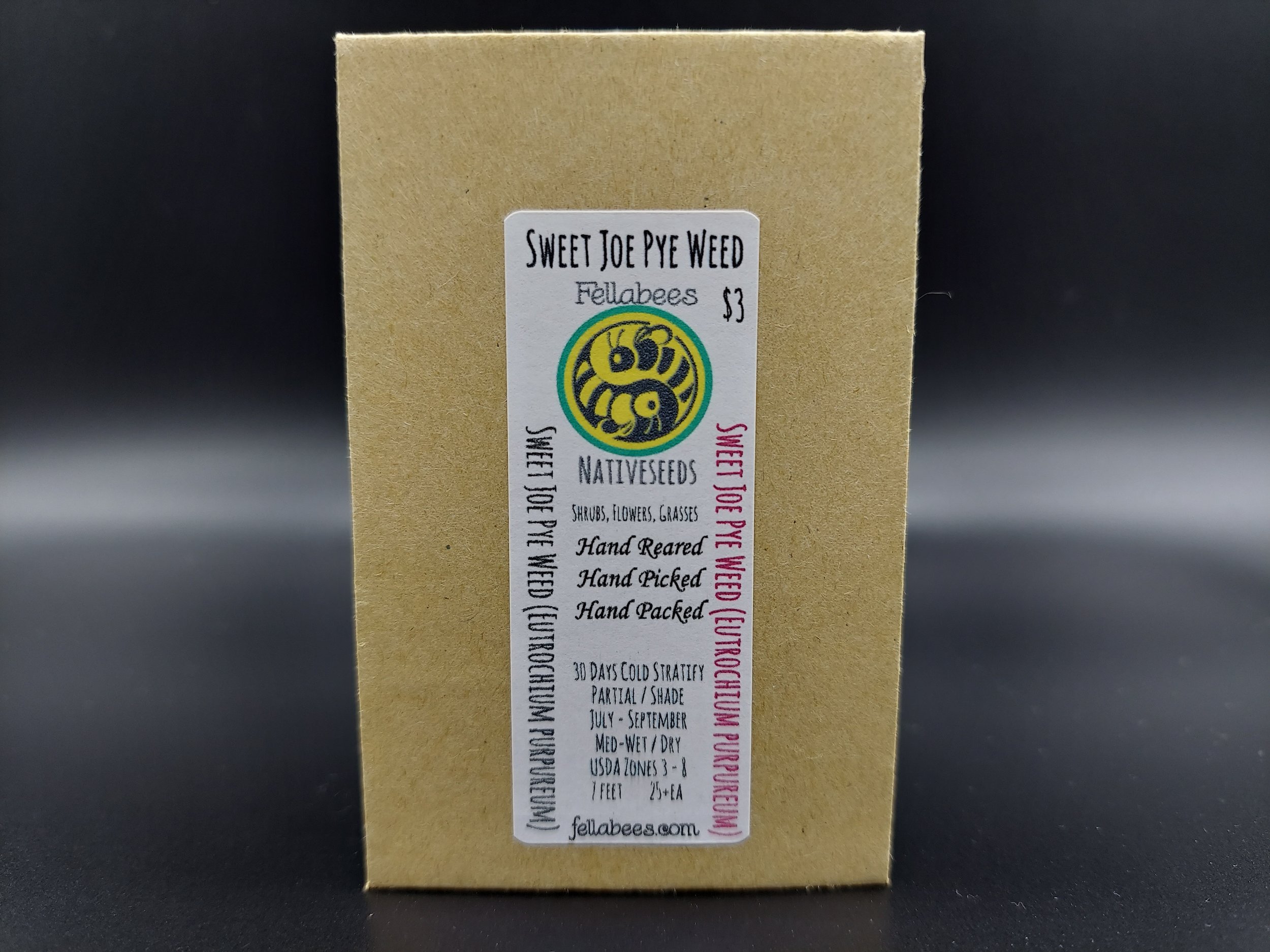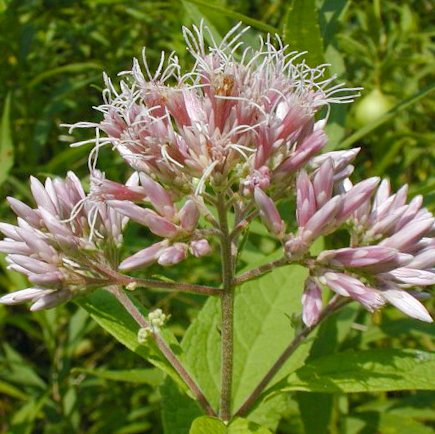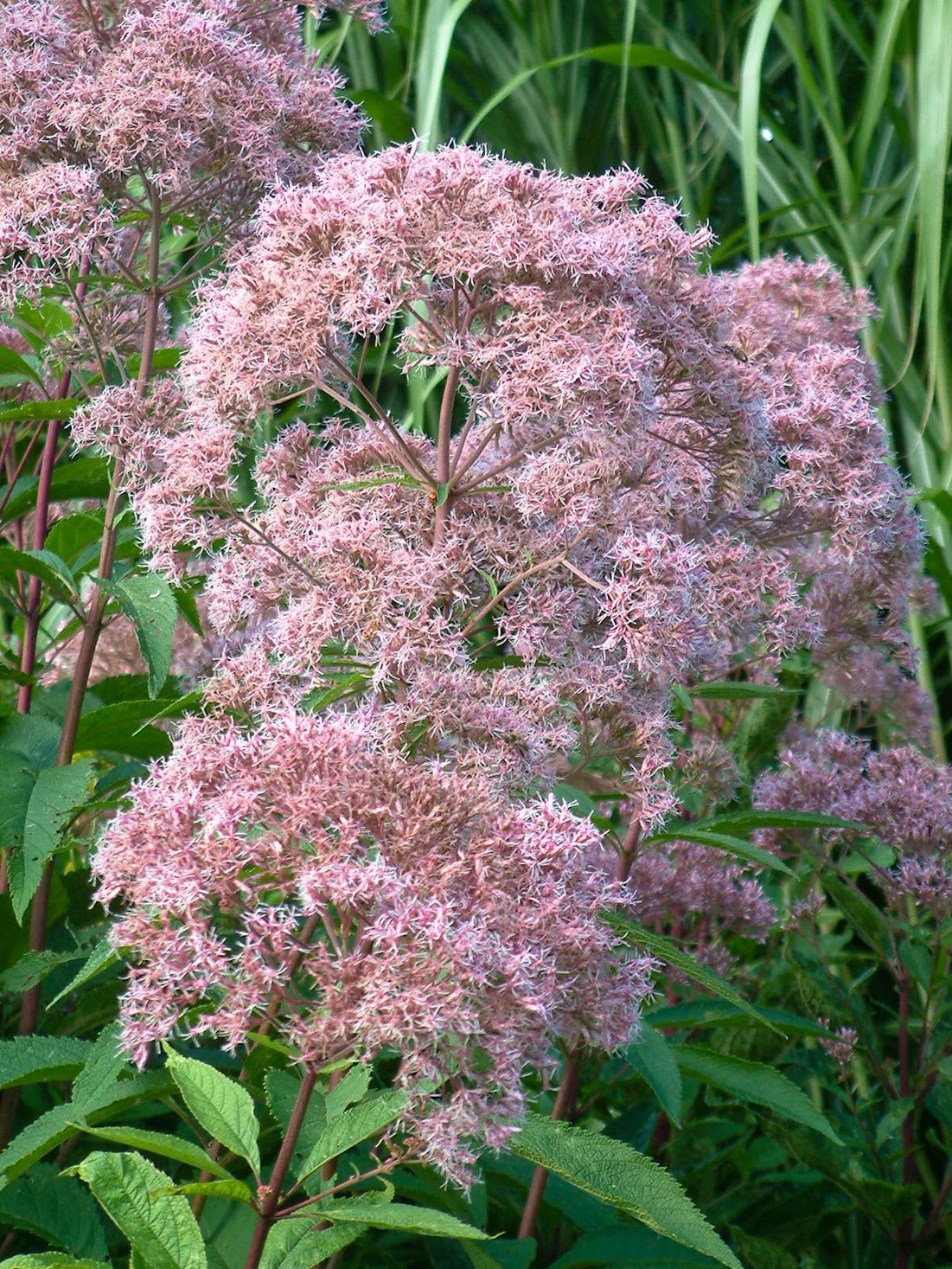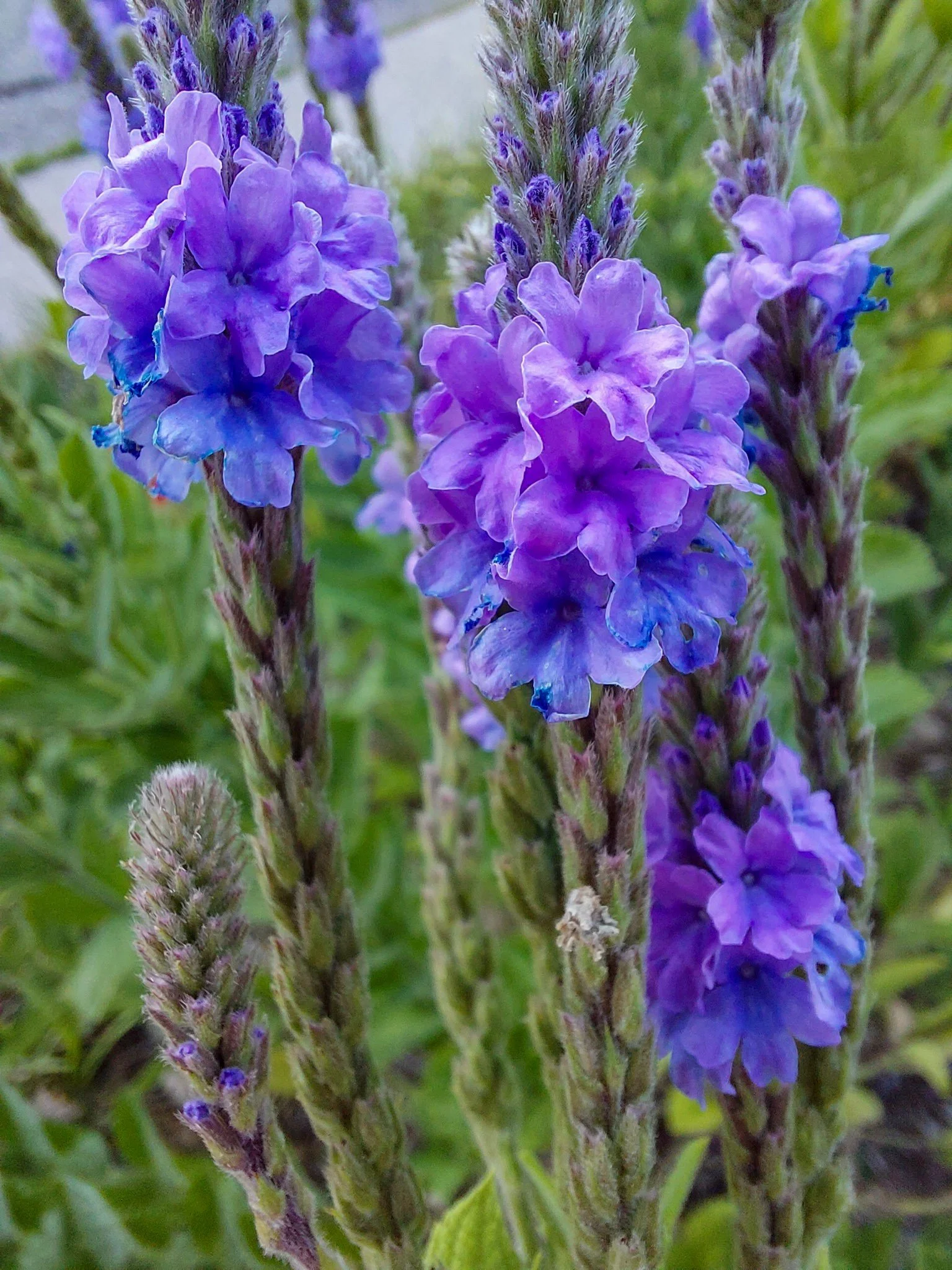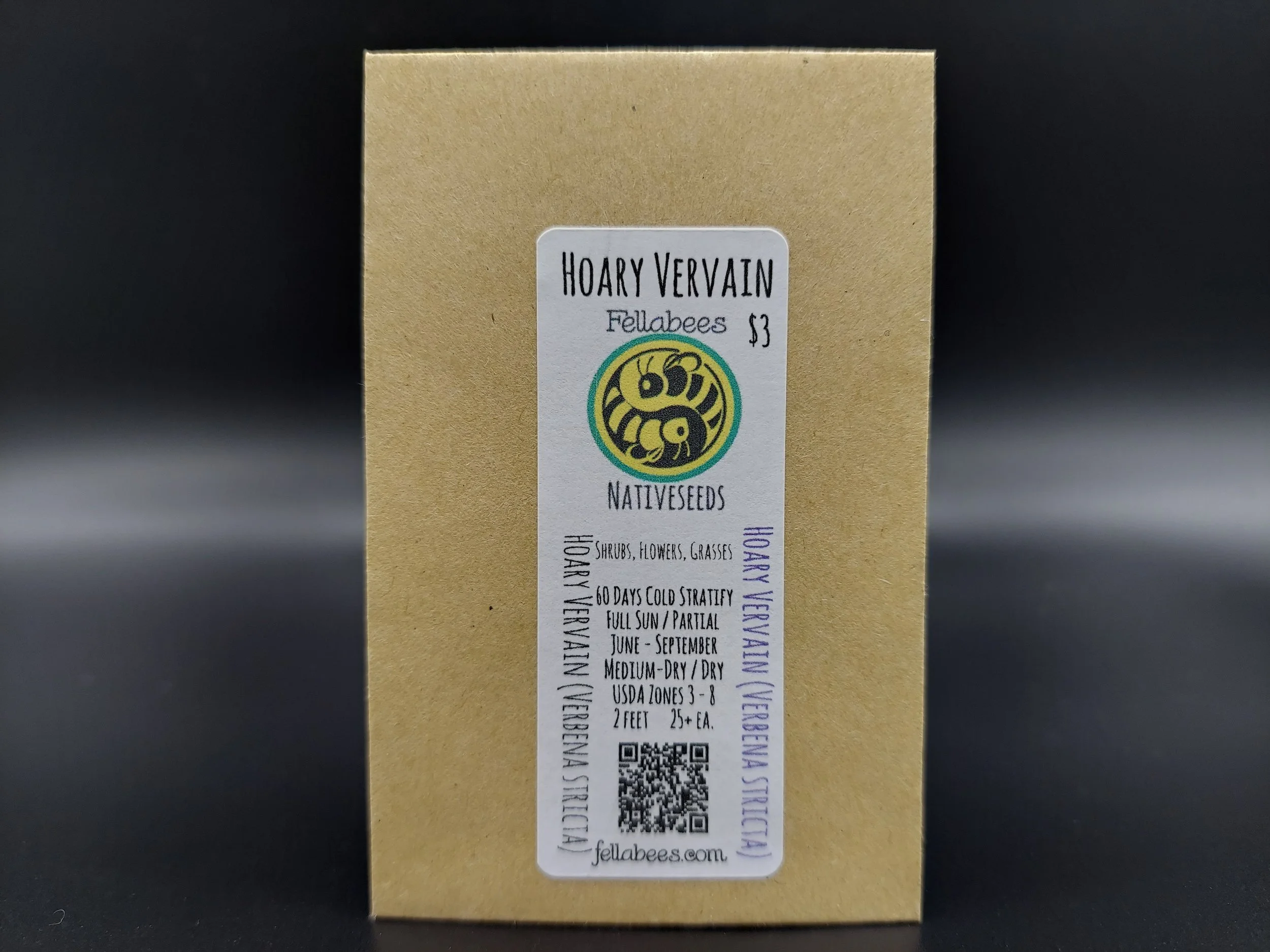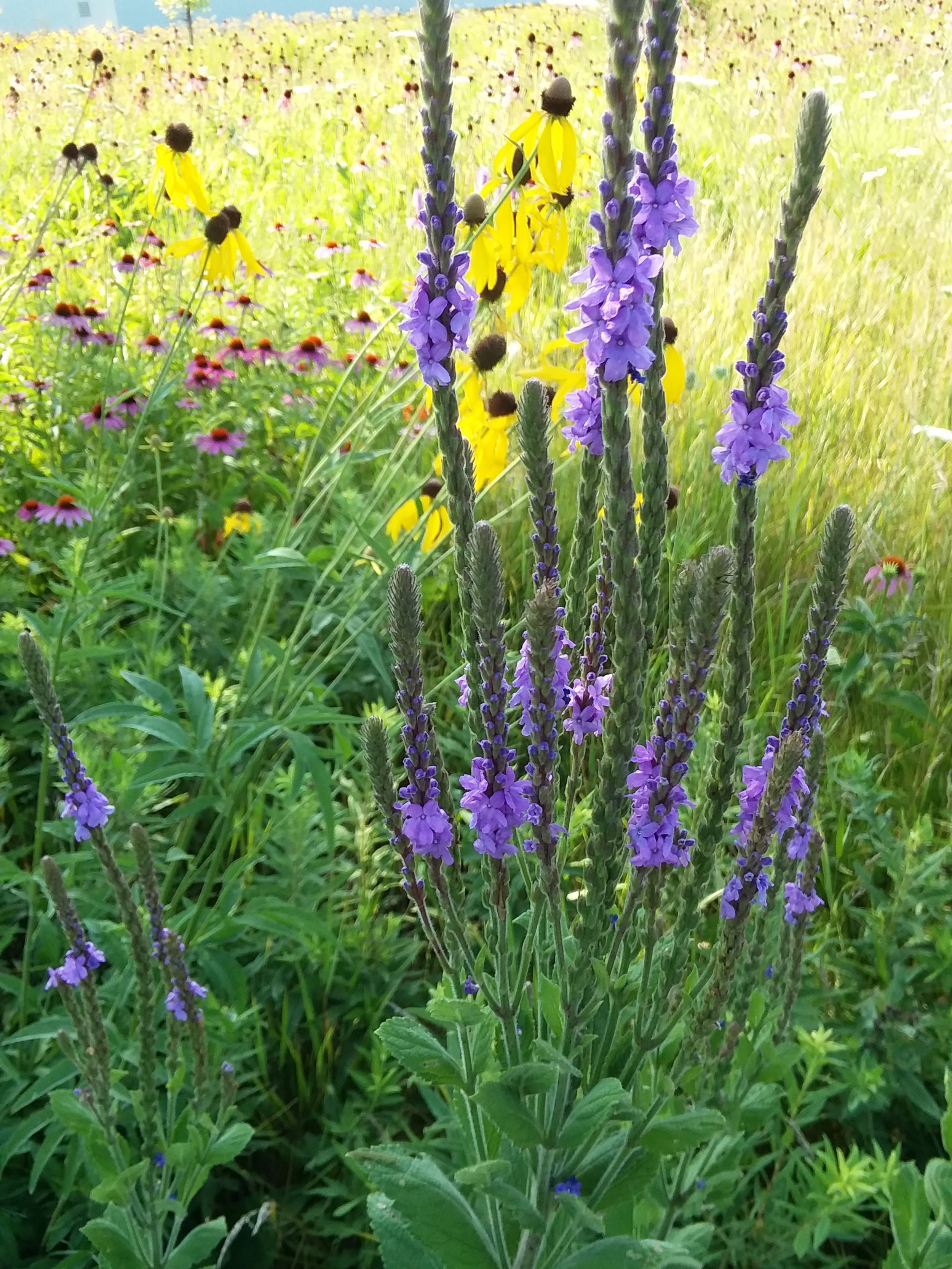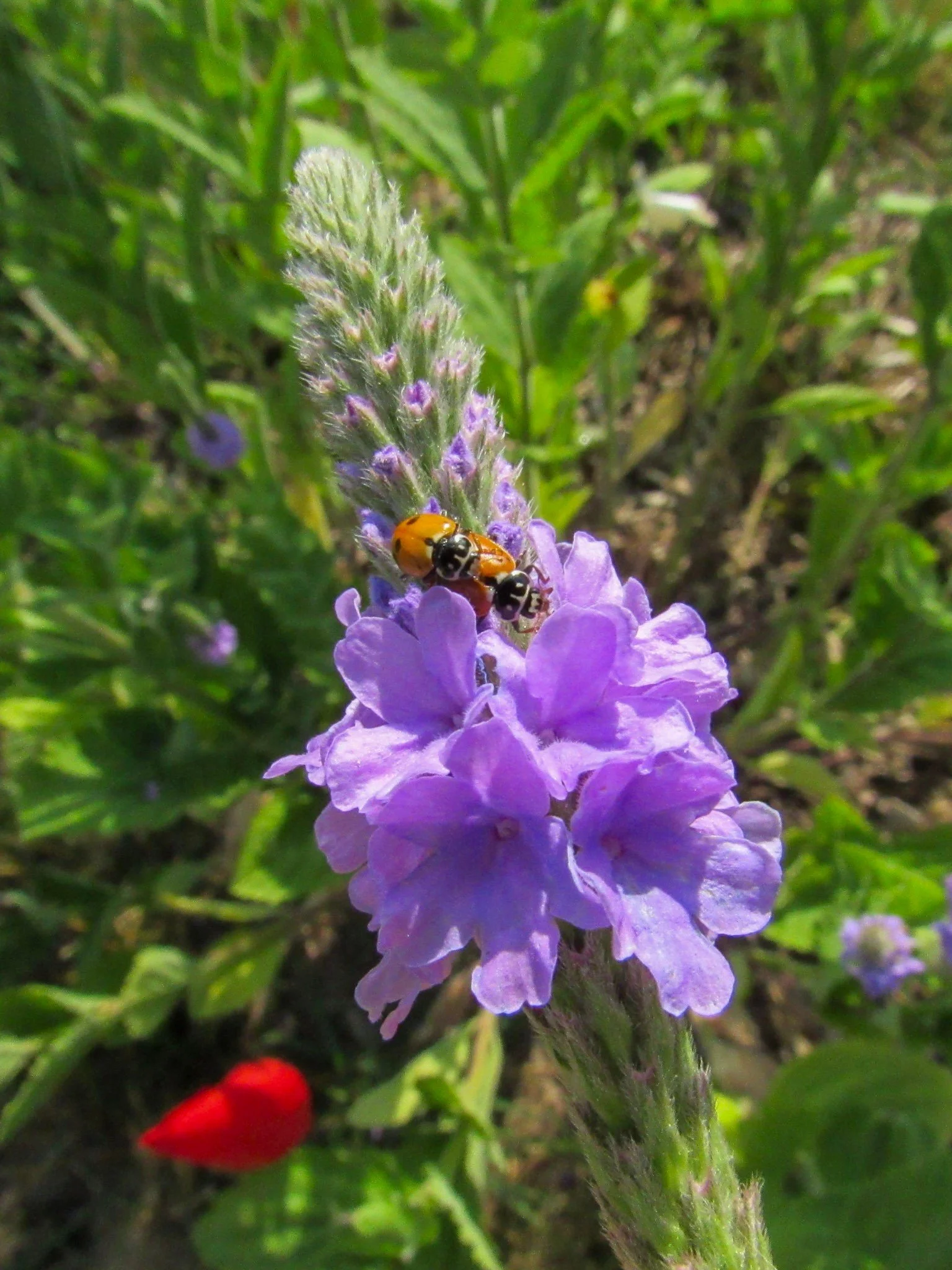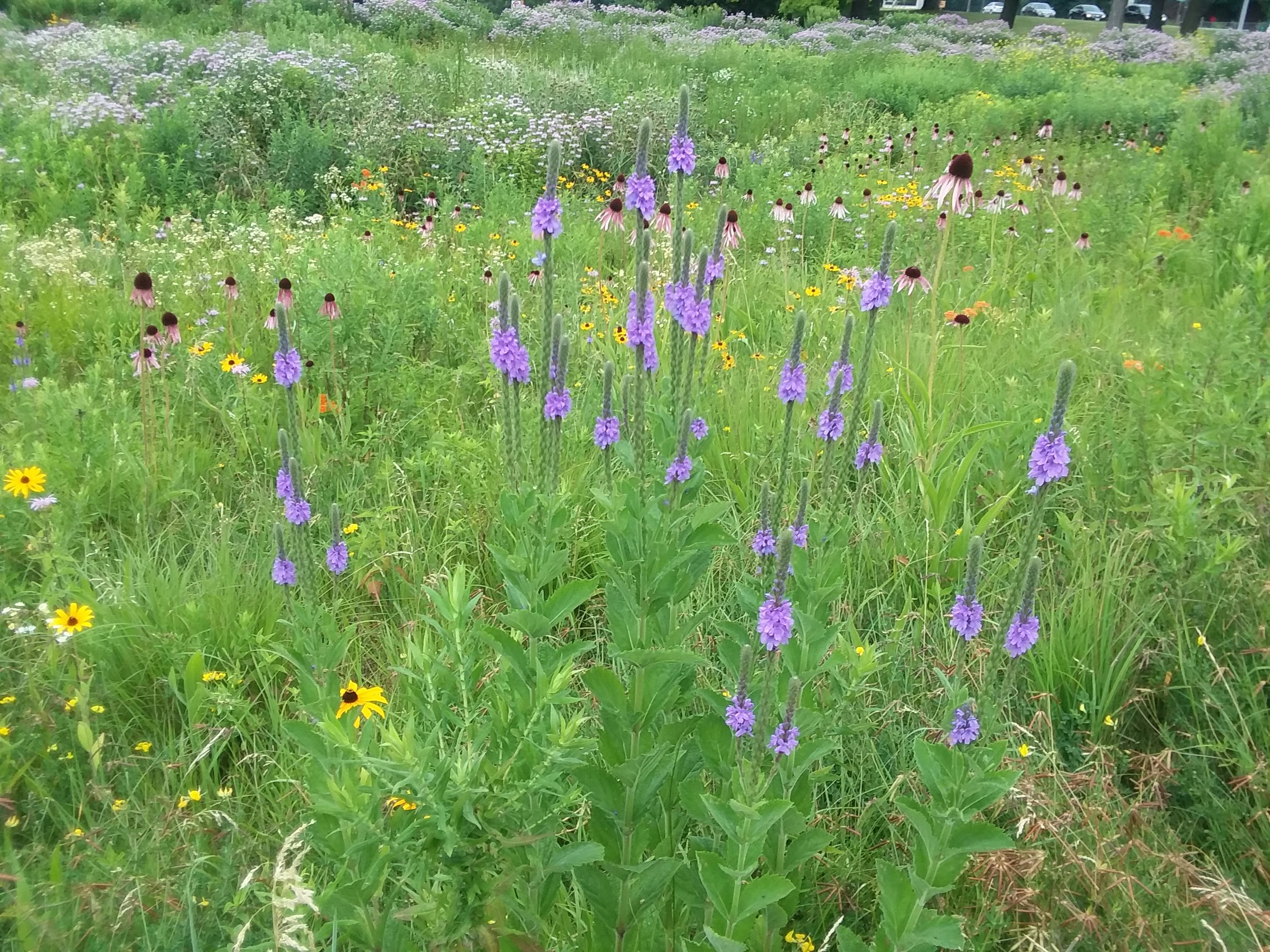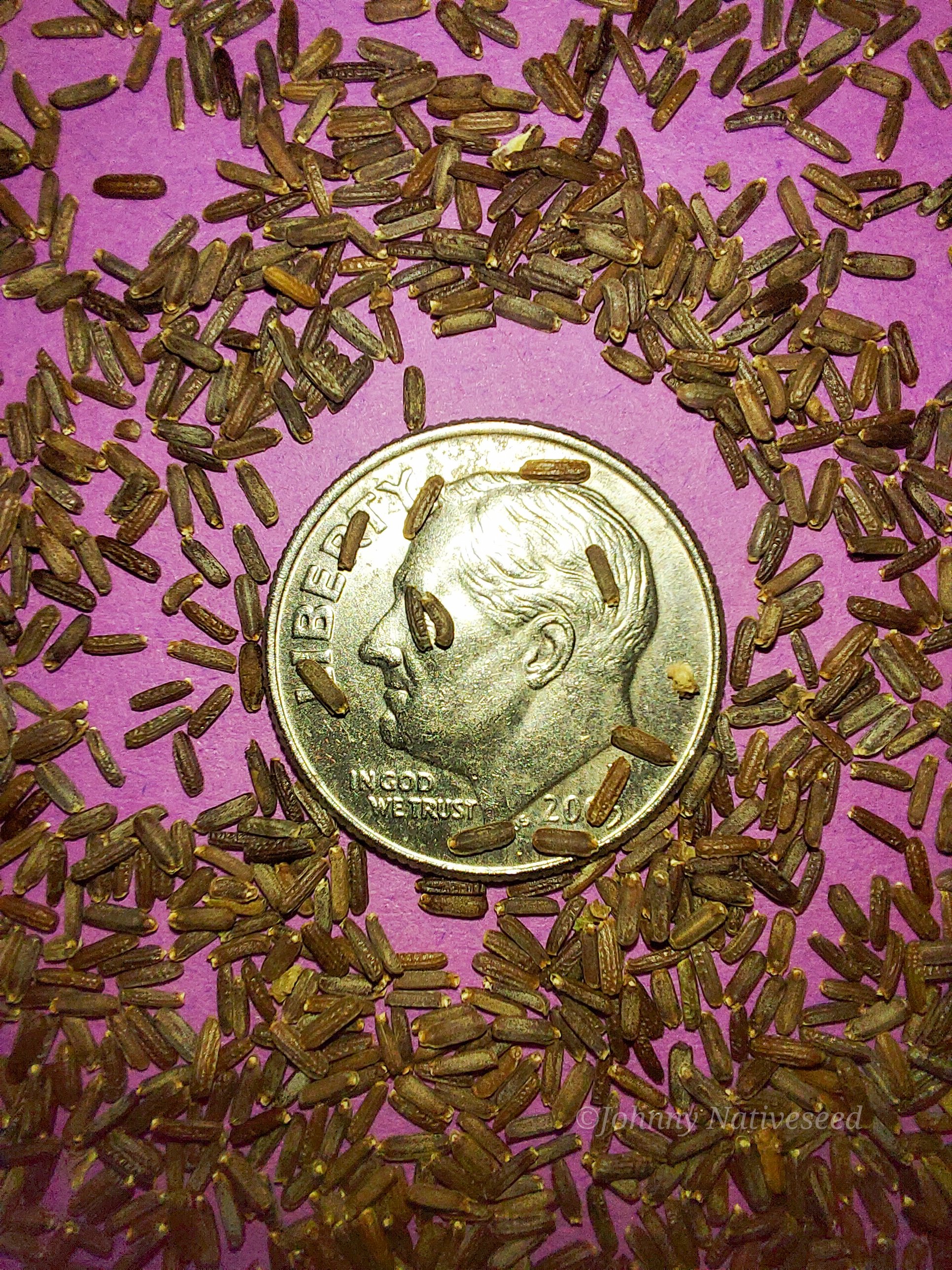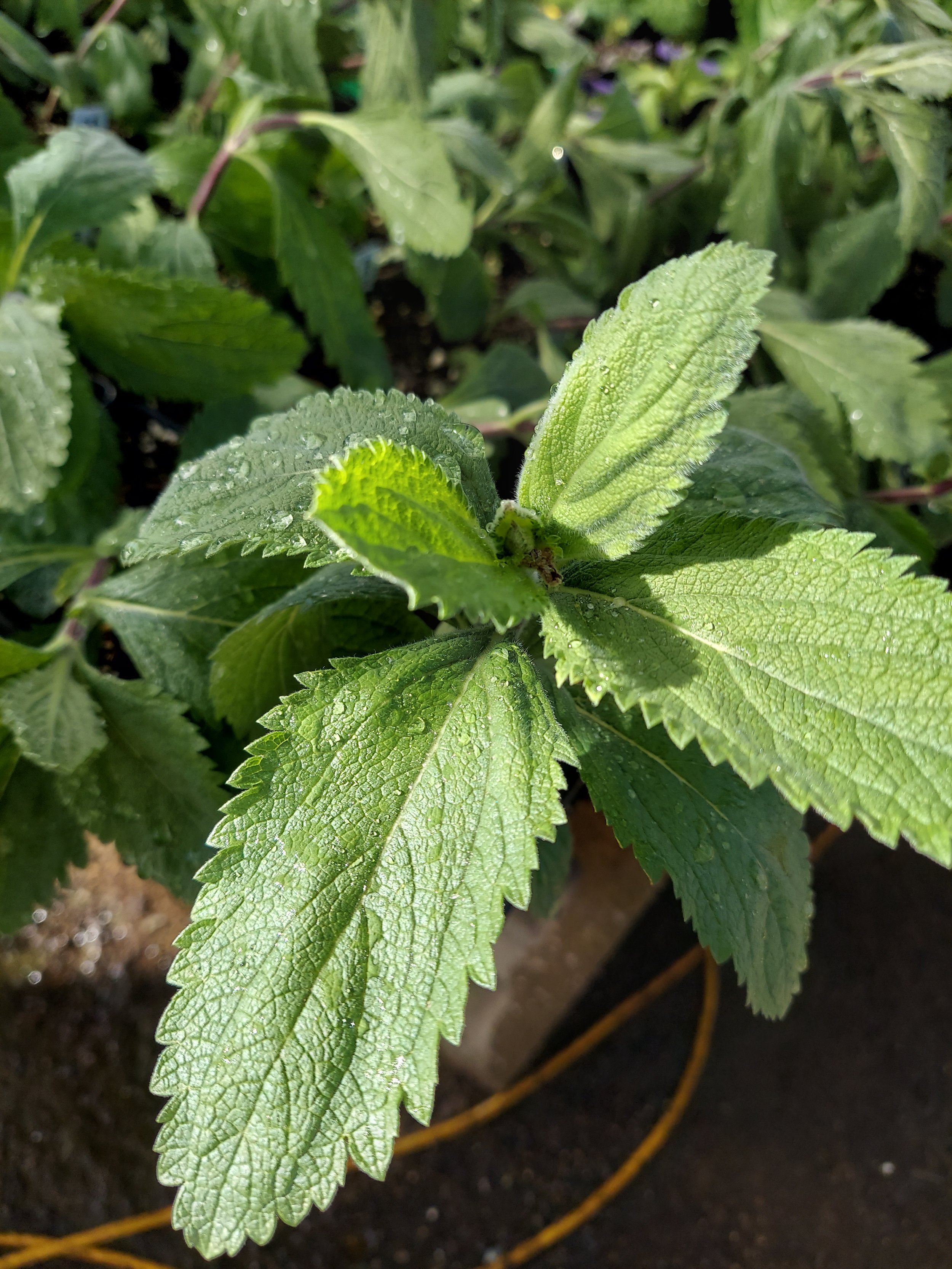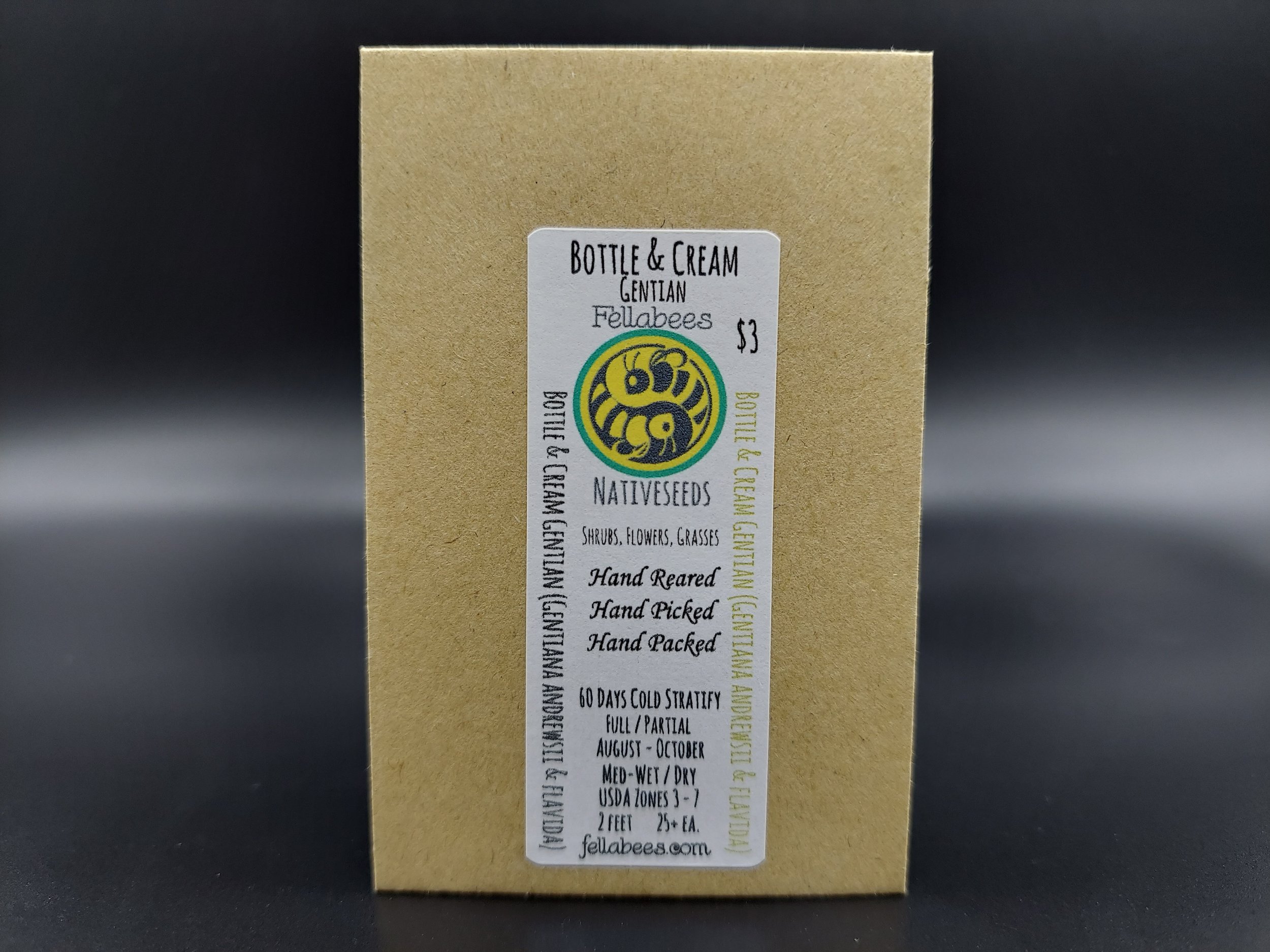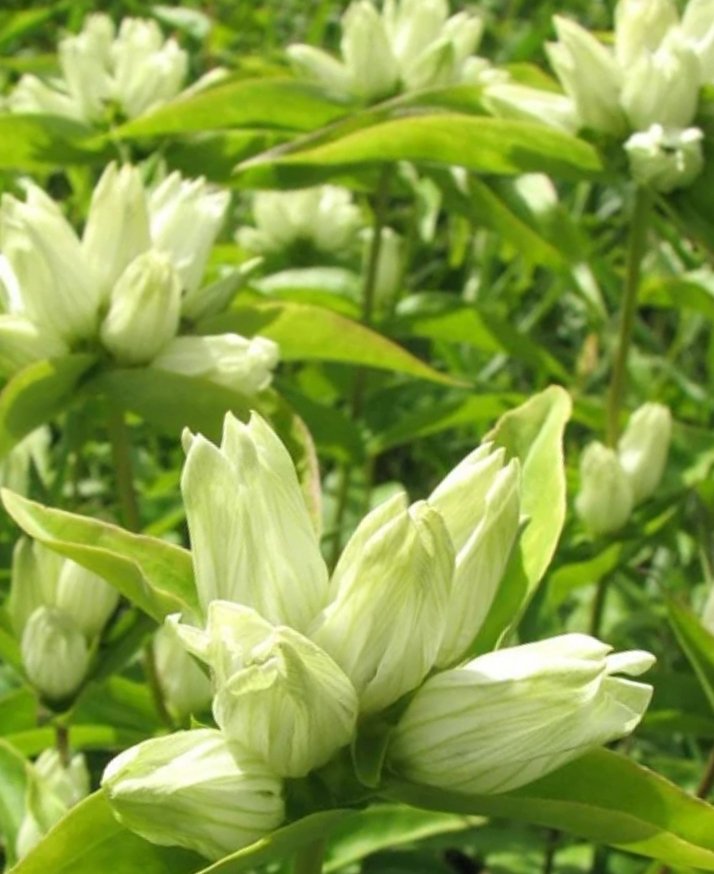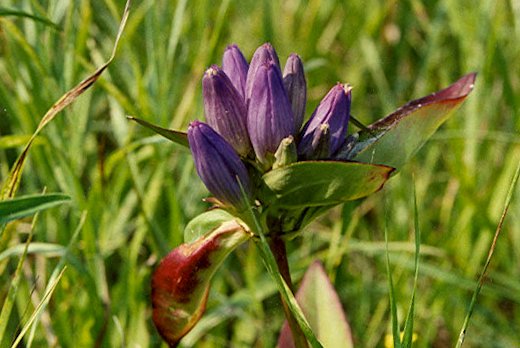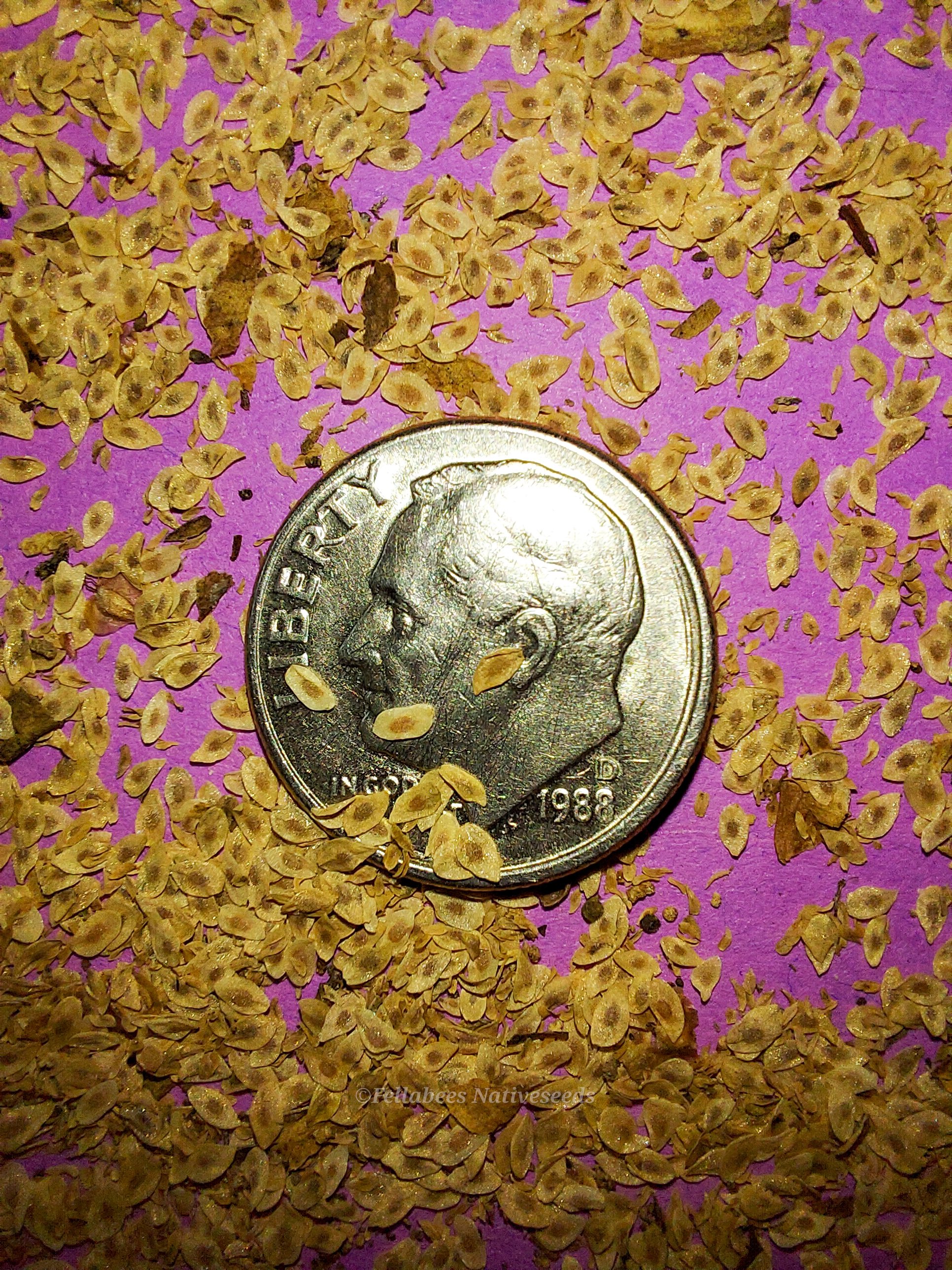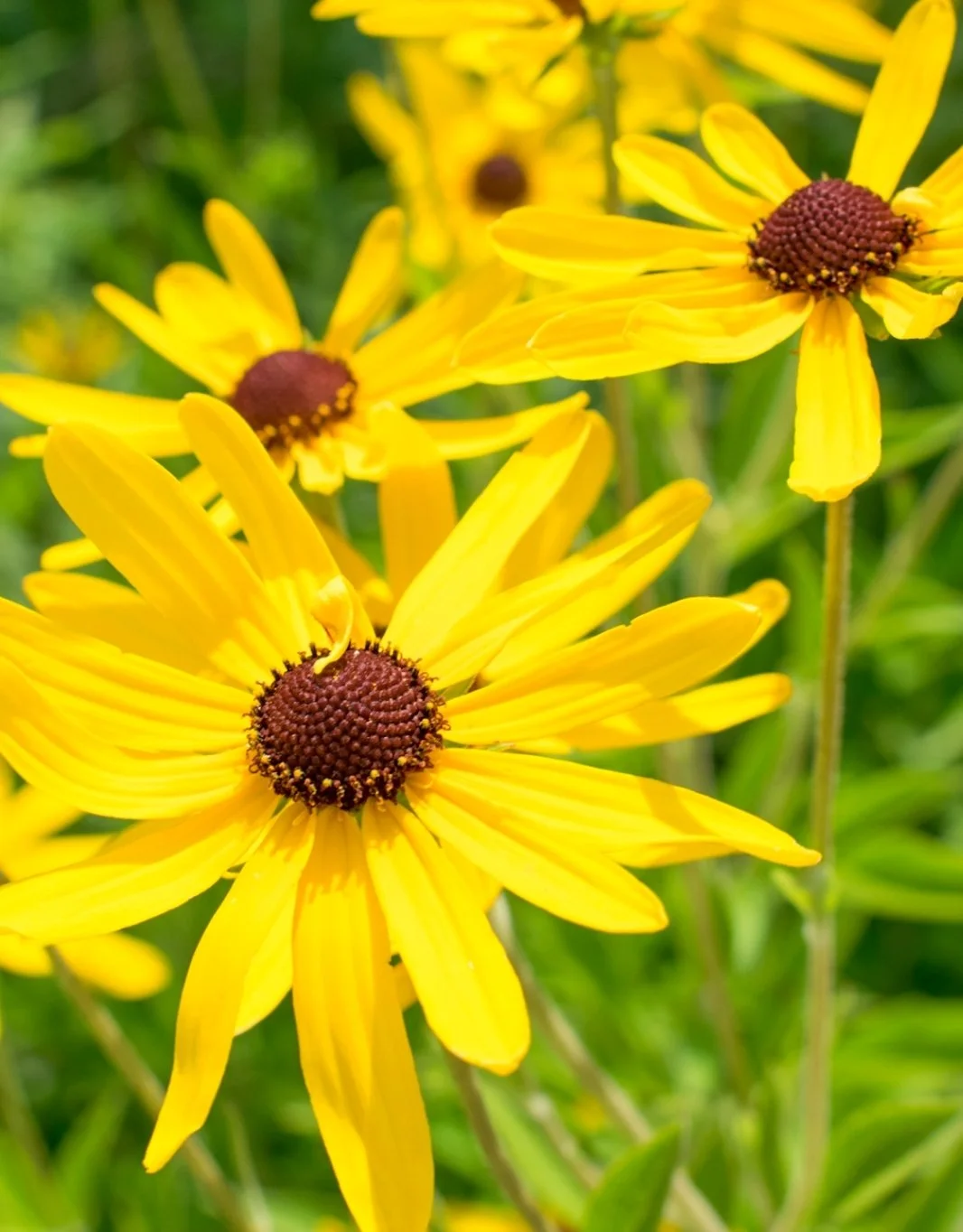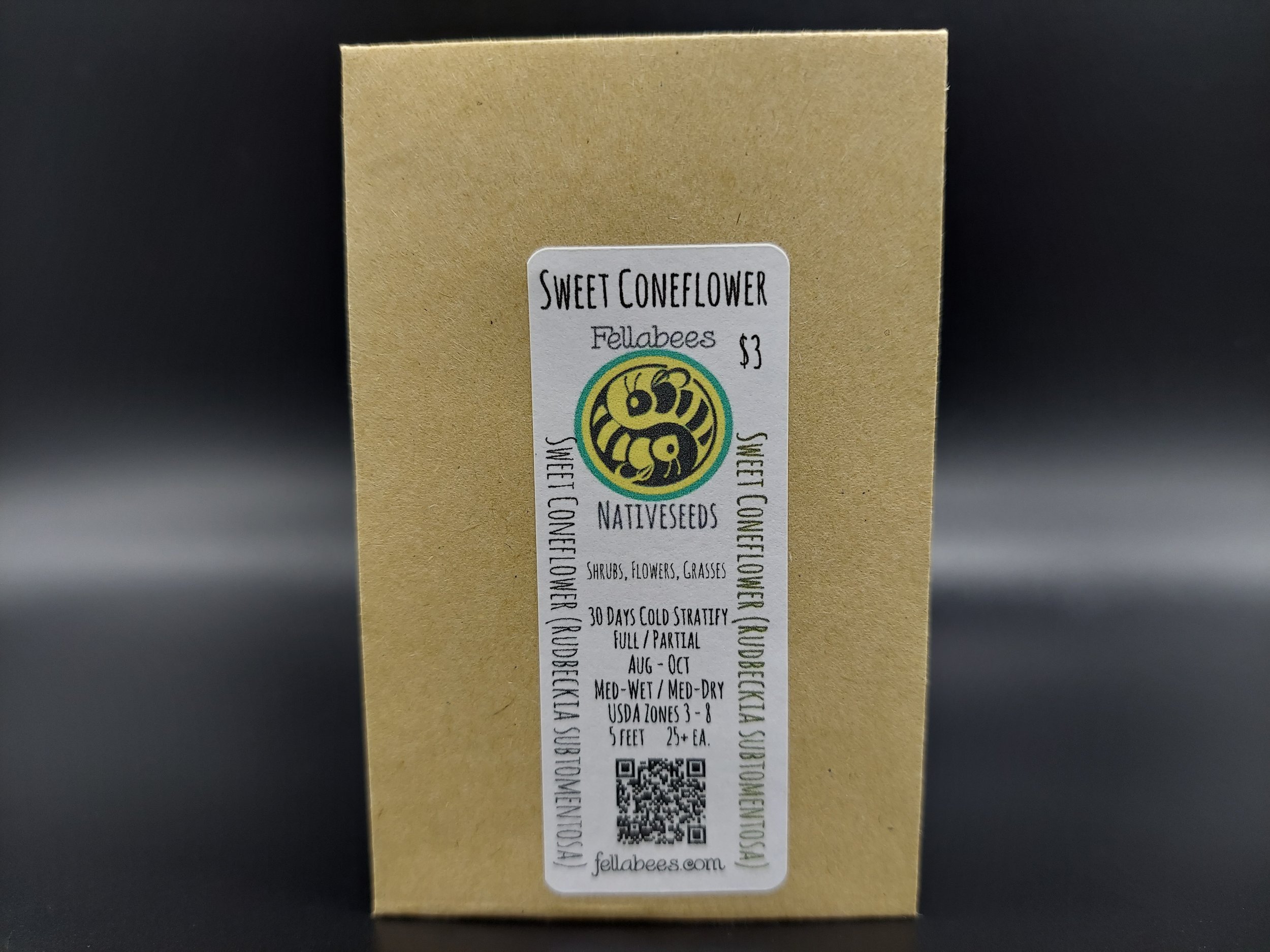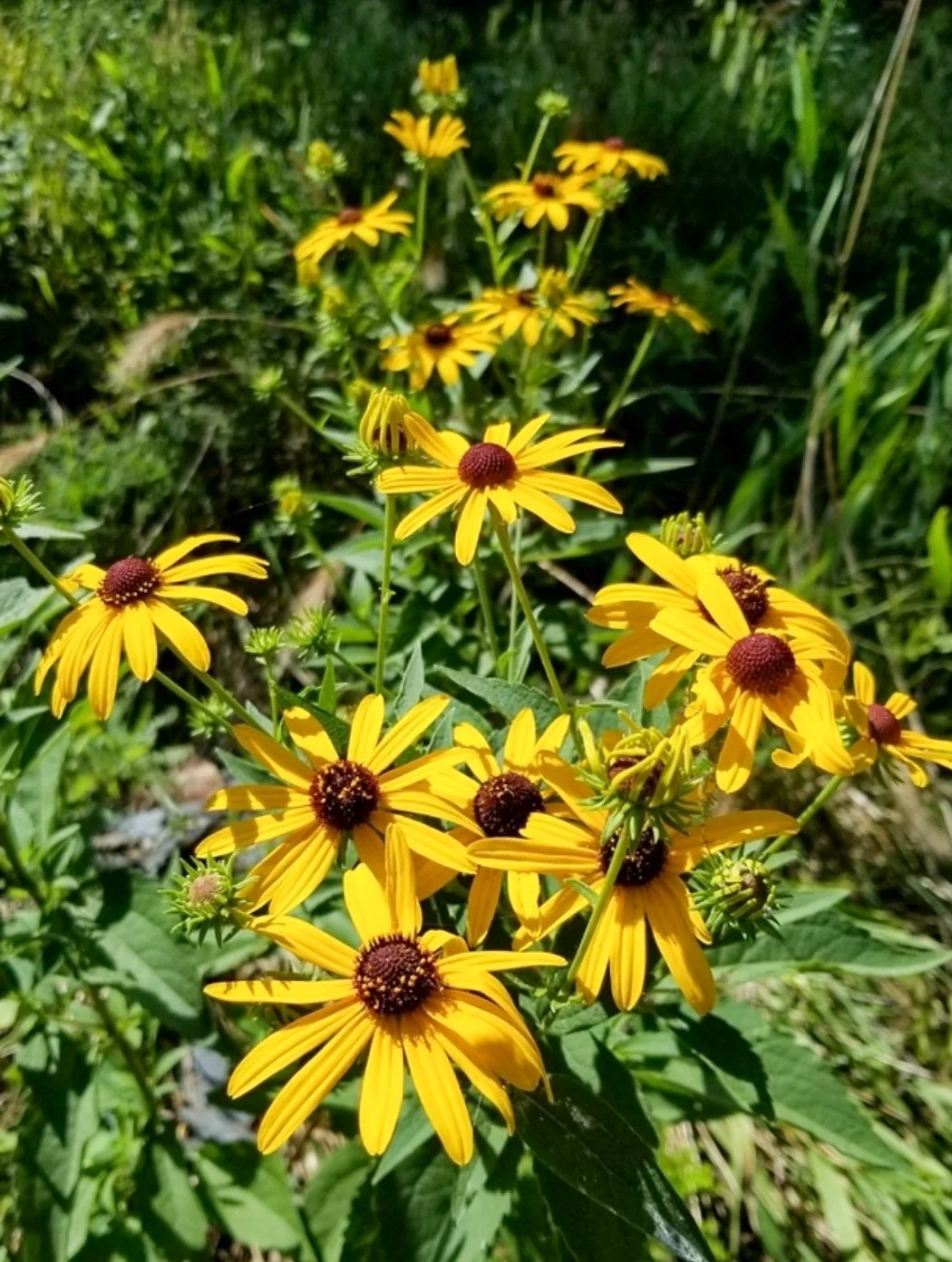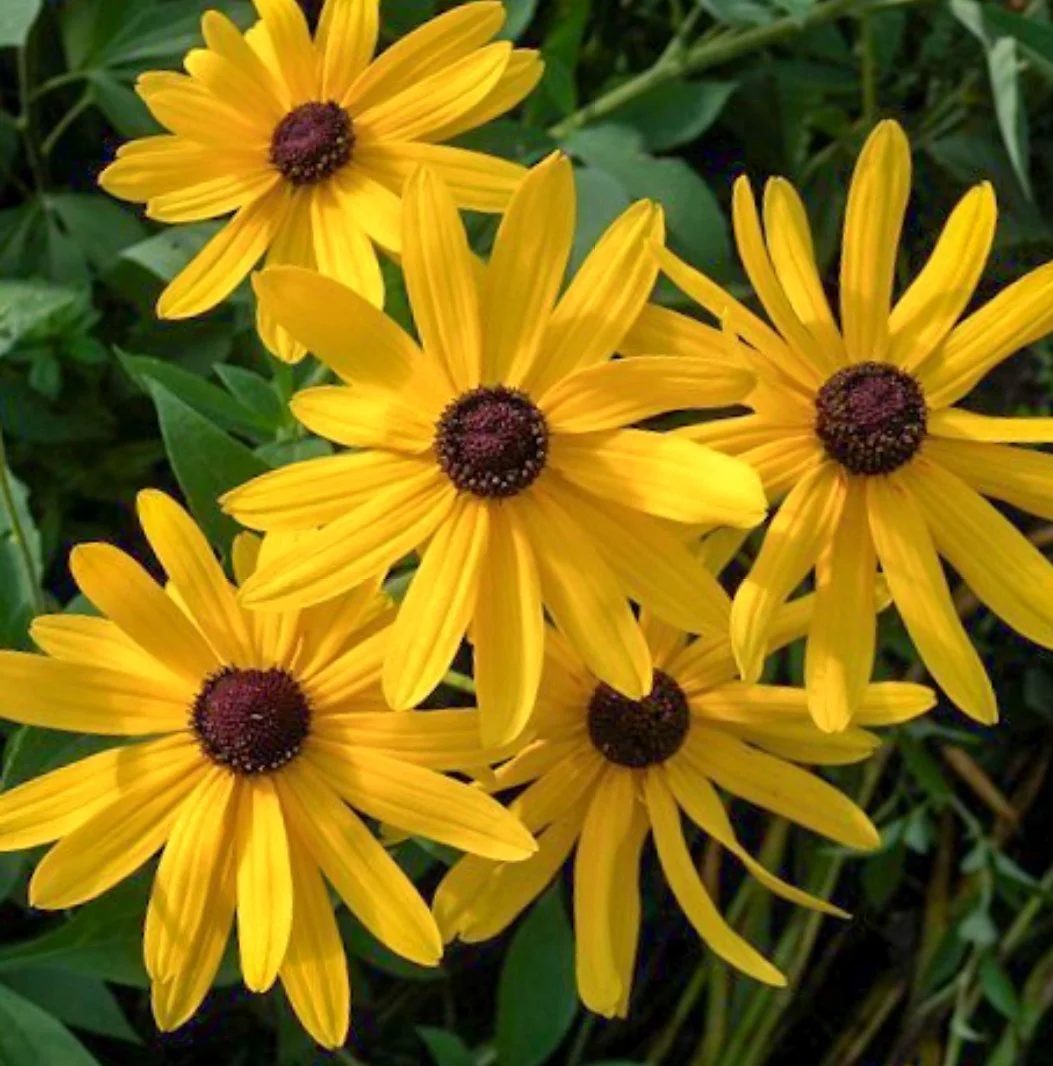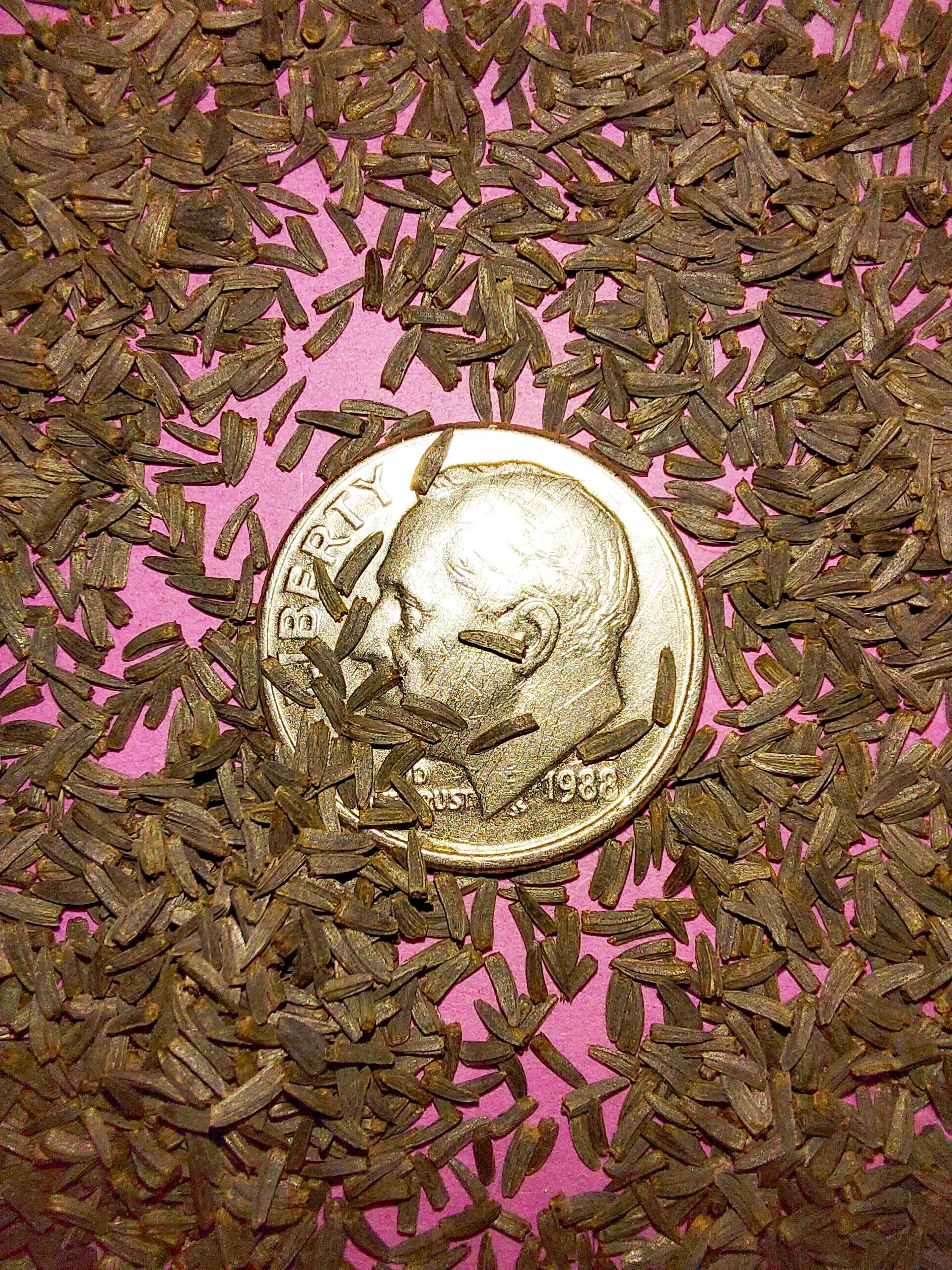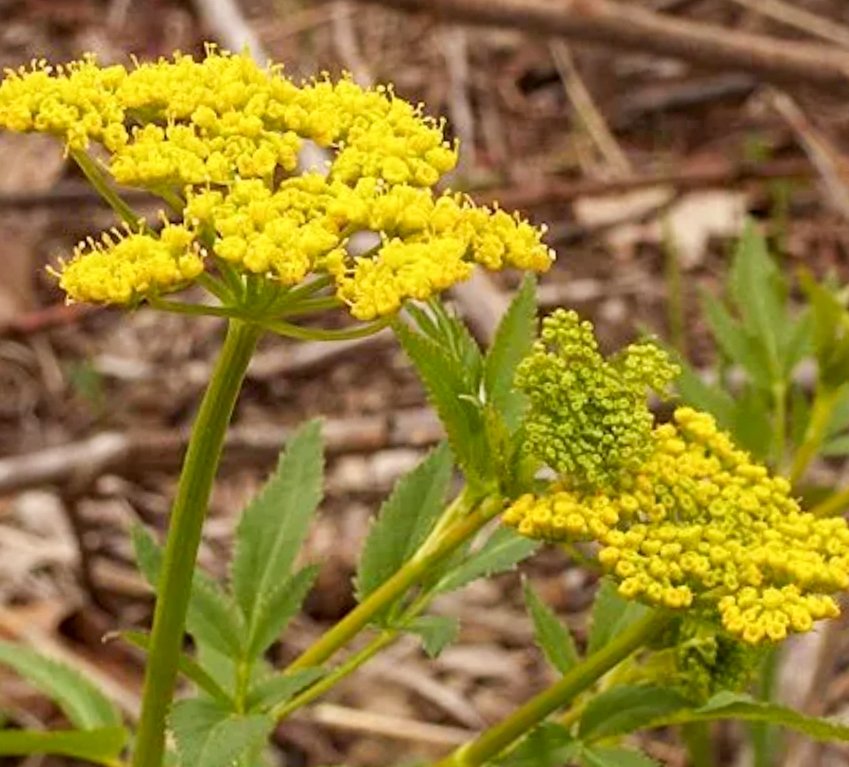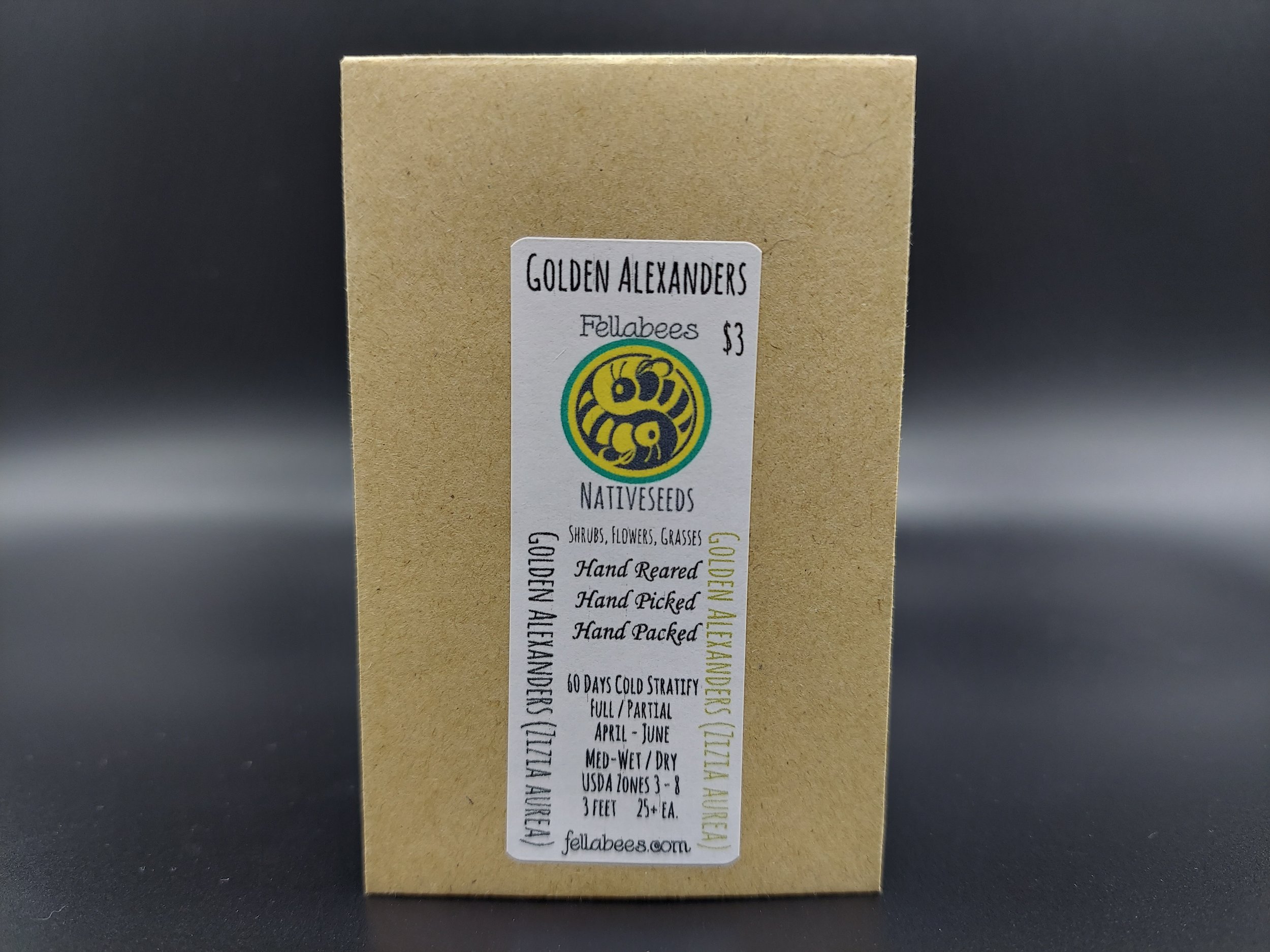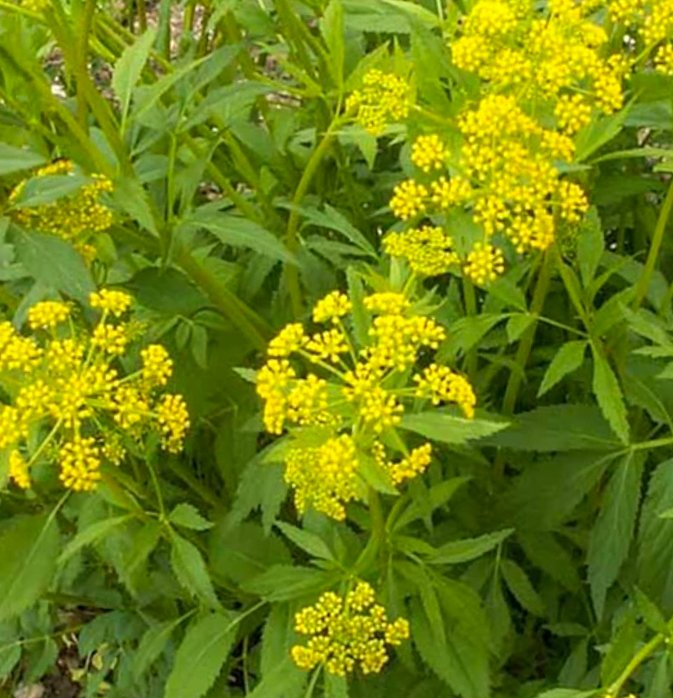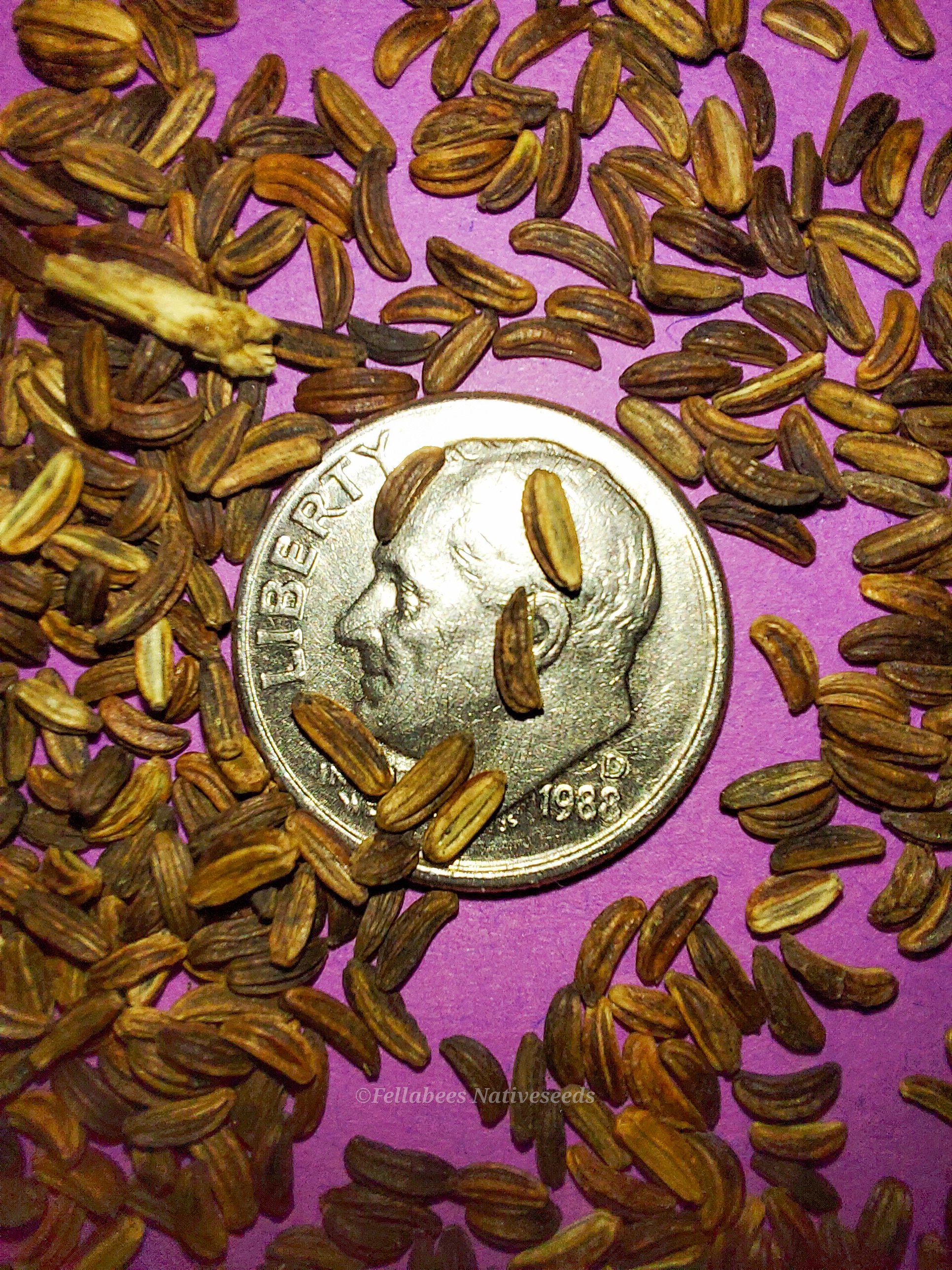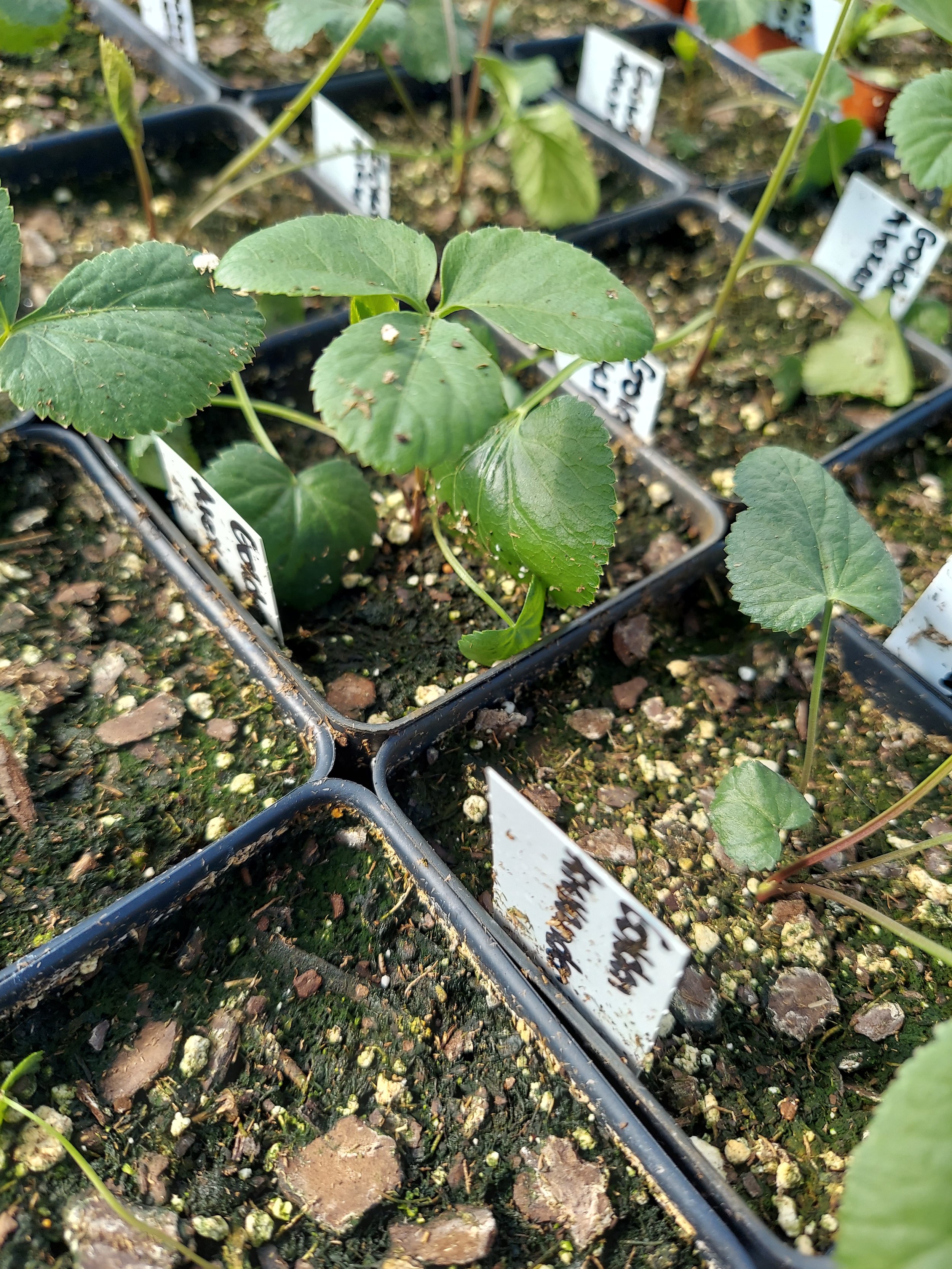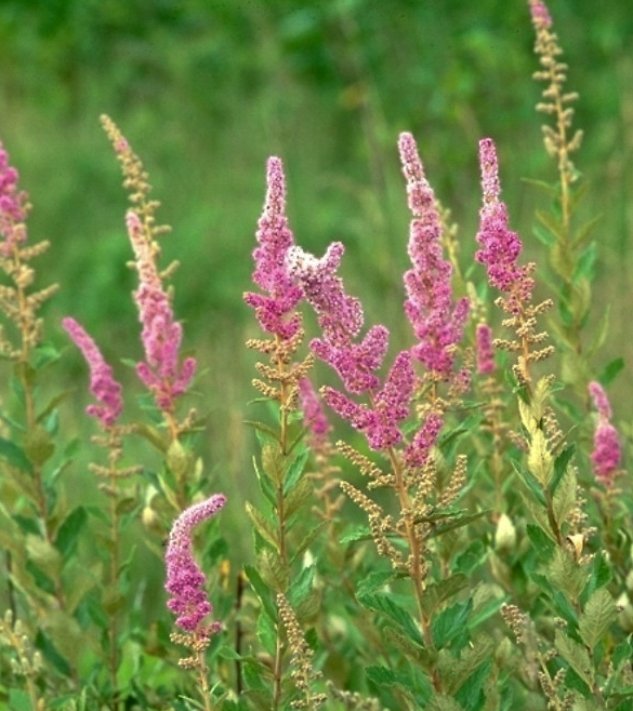 Image 1 of 6
Image 1 of 6

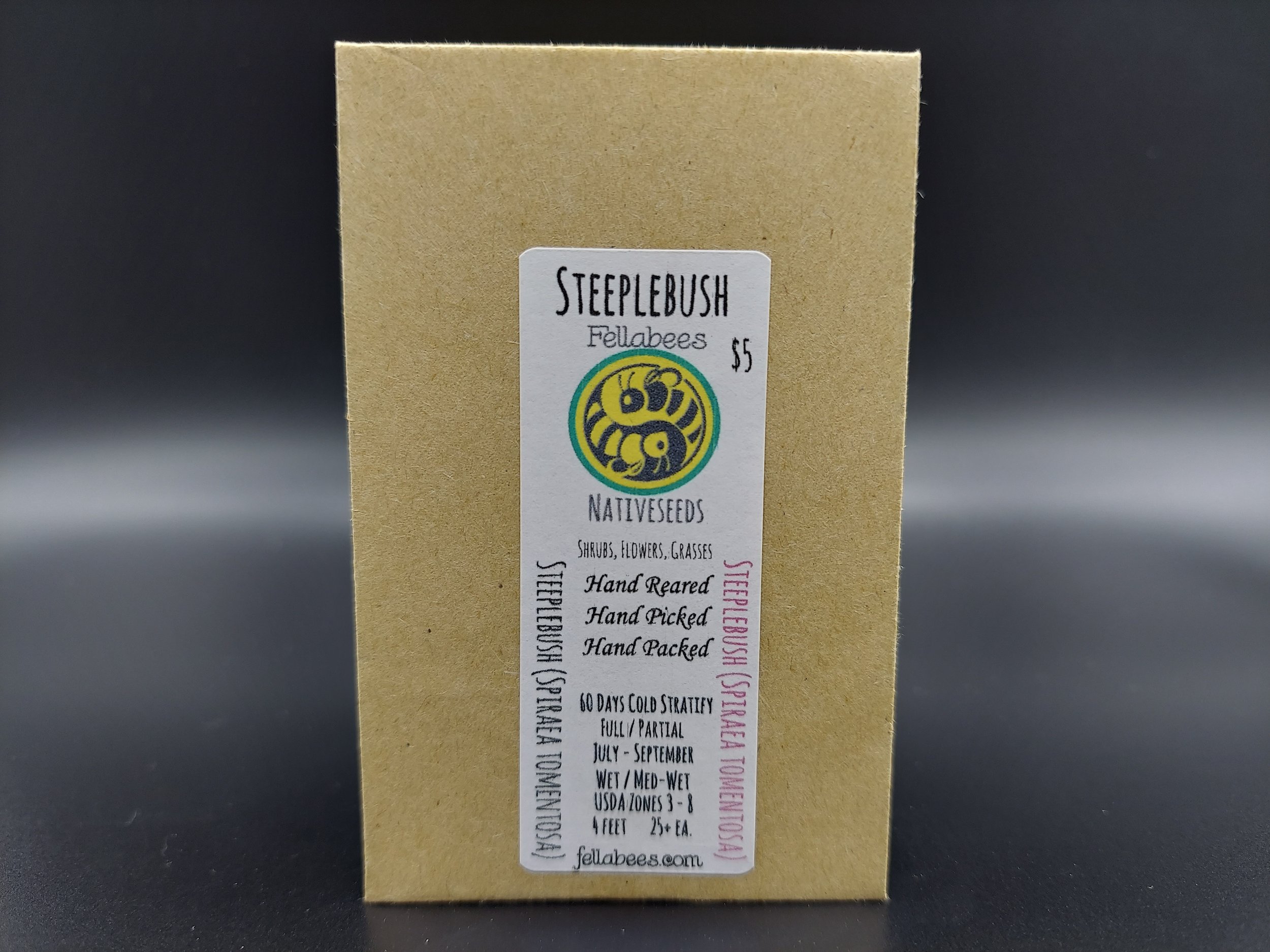 Image 2 of 6
Image 2 of 6

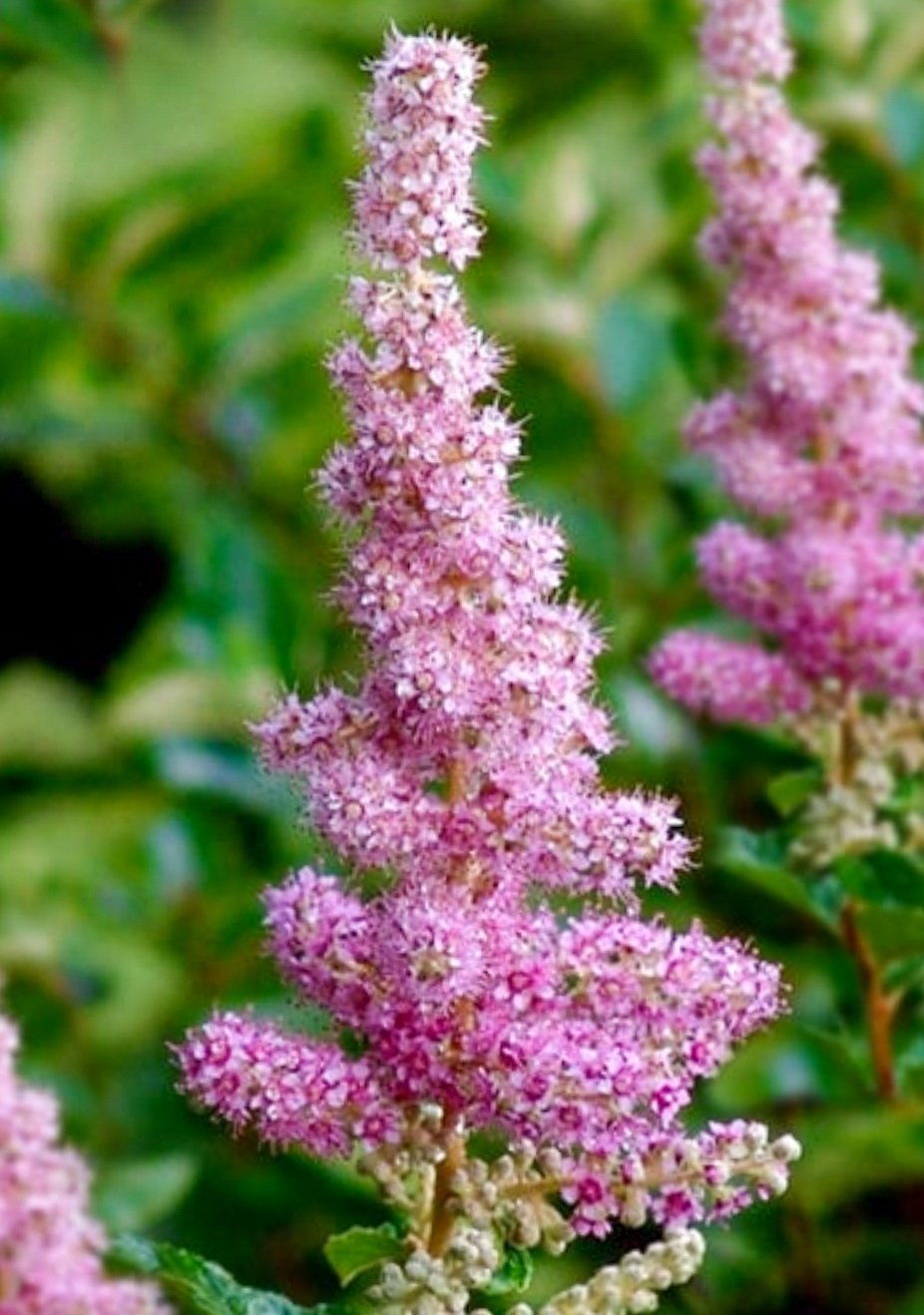 Image 3 of 6
Image 3 of 6

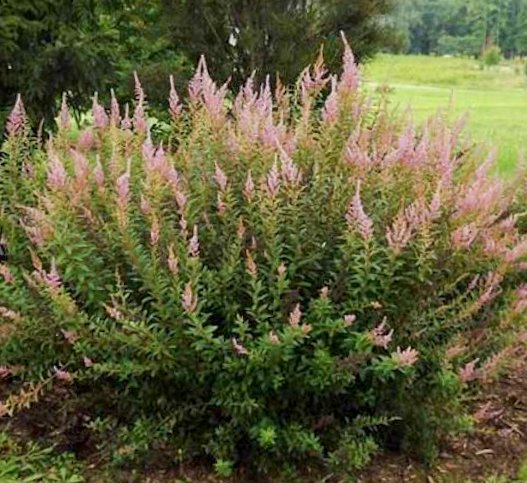 Image 4 of 6
Image 4 of 6

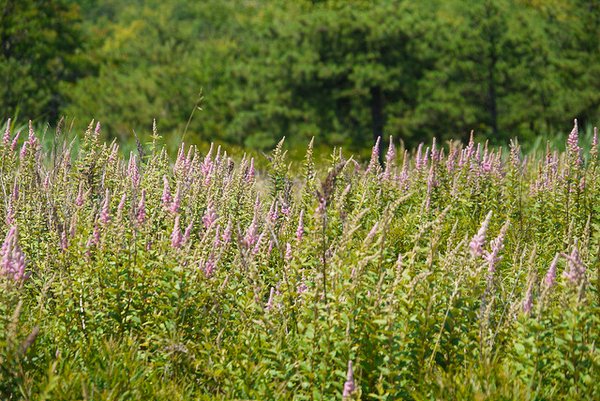 Image 5 of 6
Image 5 of 6

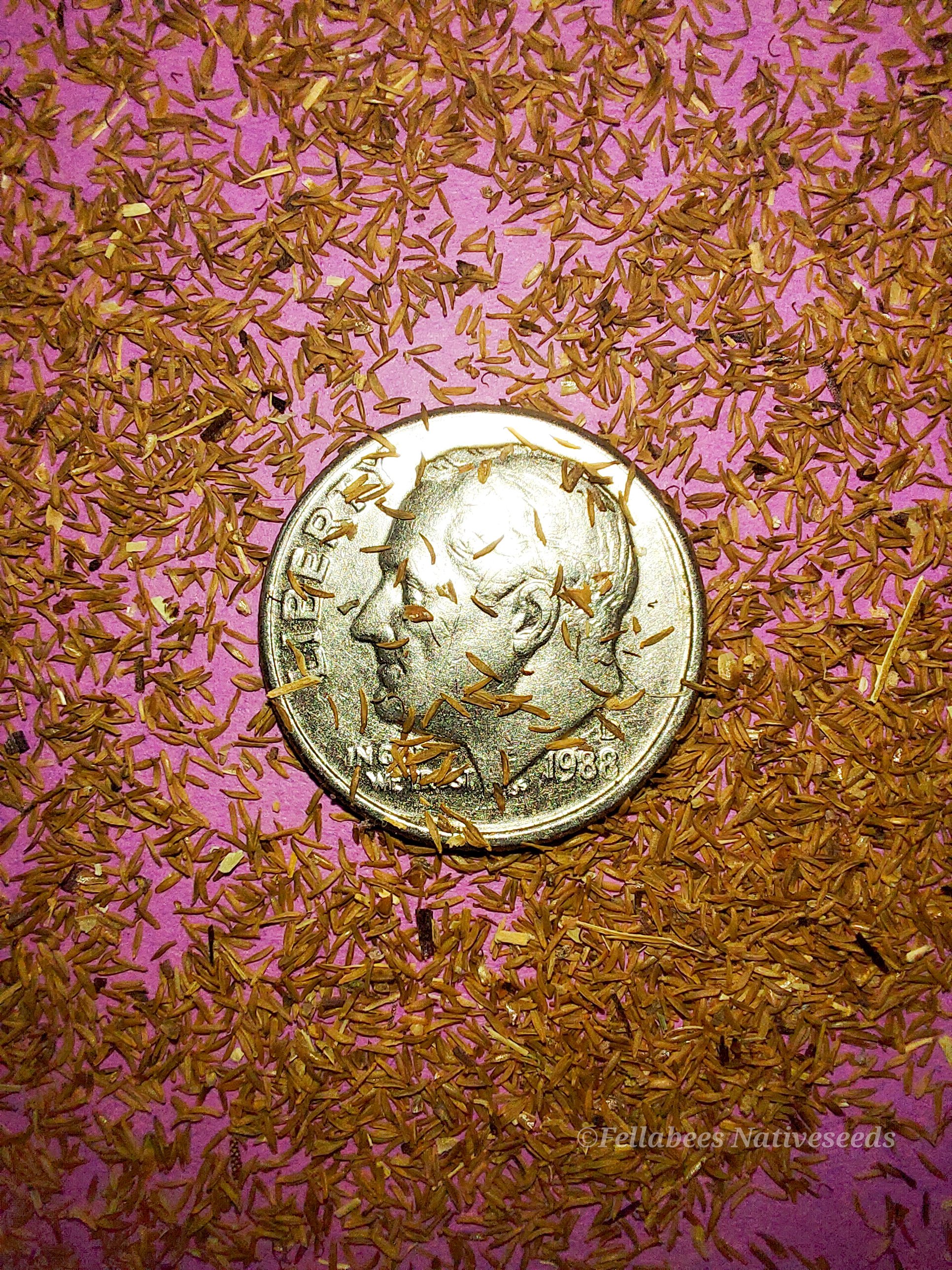 Image 6 of 6
Image 6 of 6







Steeplebush (Spiraea tomentosa)
Steeplebush (Spiraea tomentosa)
Spiraea tomentosa is the scientific name for the native plant more commonly commonly known as Steeplebush, Meadowsweet, Hardhack, or Eastern Hardhack. It is a native flowering plant in the Spiraea family that calls the Eastern United States and Canada, home.
Steeplebush grows to up to four feet tall and nearly as wide when mature and prefers moist to wet, slightly acidic soil in full sun for best health and results.
Blooming in summer, each tiny, pink flower will be about 1/16th of an inch wide and arranged in narrow, pyramid-shaped flowerheads that grow up to 8 inches long. The flowers are followed by small, dry, brown fruit.
The slow spread of its rhizomatous roots assist in holding retention pond embankments and rivers edges in place, with its bright pink blooms, yellow fall foliage, orange-red bark, make Steeplebush a well sought after shrub for season round interest.
The specific epithet tomentosa refers to the undersides of the leaves and the stems, which are covered in a dense white-woolly tomentum (trichoms), It has similar characteristics to Spiraea douglasii, a native variation often found from Alaska down through Canada and into the Pacific Northwest.
Steeplebush is noted for its astringent properties, which cause it to be used medicinally. Native Americans found use for the plant in the making brooms and for hanging meat to cook.
The plant bug Plagiognathus fuscosus breeds on steeplebush. Many bees visit the flowers: The endangered Rusty Patched Bumblebee (Bombus affinis), the Brown Belted Bumblebee (Bombus griseocollis), the Common Eastern Bumblebee (Bombus impatiens), as well as other native bees such as Lasioglossum atwoodi, Lasioglossum hitchensi, and Hylaeus mesillae.
This plant is considered native, present but rare in several counties of the states of Missouri, Arkansas, and Georgia as well as extirpated (locally extinct) in one county of the state of Mississippi.
Plant Details
USDA Zones: 3-8
Germination Needs: 60 Days Cold Stratification, Seeds are very small and ought to be surface sown only. No soil, or just a thin sprinkle if you must. Water from the bottom if growing indoors, in trays. Keep evenly moist until germination.
Life Cycle: Perennial
Sun Exposure: Full to Partial
Soil Moisture: Wet, Medium-Wet
Plant Spacing: 1-3 feet
Height: 4 feet
Bloom time: July, August, September
Bloom Color: Pink
Advantages :
Pollinator Favorite: butterflies, moths, bees, wasps, beetles
Bird Favorite: seeds, insects, fruit, nectar, nesting, perchs.
Native to: Wisconsin, Minnesota, Illinois, Indiana, Michigan, Ohio, Pennsylvania, New York, Vermont, New Hampshire, Maine, Massachusetts, Rhode Island, Connecticut, Delaware, Maryland, New Jersey, West Virginia, Virginia, North Carolina, South Carolina, Georgia, Tennessee, Kentucky, Missouri, Arkansas, and Mississippi.
.
.
Packet quantities:
We pride ourselves on ethical, hands on, ecological management, using no mechanical or chemical methods whatsoever.
All of our native seed is hand reared, hand picked, and hand packed from native prairies under our exclusive management, never breaking chain of custody from the field until it is sent to you. Each packet is hand prepared for shipment by us, directly.
Small seed species will contain greater than 20-25 seed
Large seed species will contain greater than 10-15 seed
It is our mission to spread the wealth of native plant and pollinator ecological sustainability, and educate back yard gardeners as well as corporate and government entities in how to germinate, grow, and benefit from native synergies.
Thank you for your support, it is because of you, that we can grow together to do, what we do.🐛🦋🐝🐞🌾🌱🌼🧡
Steeplebush (Spiraea tomentosa)
Spiraea tomentosa is the scientific name for the native plant more commonly commonly known as Steeplebush, Meadowsweet, Hardhack, or Eastern Hardhack. It is a native flowering plant in the Spiraea family that calls the Eastern United States and Canada, home.
Steeplebush grows to up to four feet tall and nearly as wide when mature and prefers moist to wet, slightly acidic soil in full sun for best health and results.
Blooming in summer, each tiny, pink flower will be about 1/16th of an inch wide and arranged in narrow, pyramid-shaped flowerheads that grow up to 8 inches long. The flowers are followed by small, dry, brown fruit.
The slow spread of its rhizomatous roots assist in holding retention pond embankments and rivers edges in place, with its bright pink blooms, yellow fall foliage, orange-red bark, make Steeplebush a well sought after shrub for season round interest.
The specific epithet tomentosa refers to the undersides of the leaves and the stems, which are covered in a dense white-woolly tomentum (trichoms), It has similar characteristics to Spiraea douglasii, a native variation often found from Alaska down through Canada and into the Pacific Northwest.
Steeplebush is noted for its astringent properties, which cause it to be used medicinally. Native Americans found use for the plant in the making brooms and for hanging meat to cook.
The plant bug Plagiognathus fuscosus breeds on steeplebush. Many bees visit the flowers: The endangered Rusty Patched Bumblebee (Bombus affinis), the Brown Belted Bumblebee (Bombus griseocollis), the Common Eastern Bumblebee (Bombus impatiens), as well as other native bees such as Lasioglossum atwoodi, Lasioglossum hitchensi, and Hylaeus mesillae.
This plant is considered native, present but rare in several counties of the states of Missouri, Arkansas, and Georgia as well as extirpated (locally extinct) in one county of the state of Mississippi.
Plant Details
USDA Zones: 3-8
Germination Needs: 60 Days Cold Stratification, Seeds are very small and ought to be surface sown only. No soil, or just a thin sprinkle if you must. Water from the bottom if growing indoors, in trays. Keep evenly moist until germination.
Life Cycle: Perennial
Sun Exposure: Full to Partial
Soil Moisture: Wet, Medium-Wet
Plant Spacing: 1-3 feet
Height: 4 feet
Bloom time: July, August, September
Bloom Color: Pink
Advantages :
Pollinator Favorite: butterflies, moths, bees, wasps, beetles
Bird Favorite: seeds, insects, fruit, nectar, nesting, perchs.
Native to: Wisconsin, Minnesota, Illinois, Indiana, Michigan, Ohio, Pennsylvania, New York, Vermont, New Hampshire, Maine, Massachusetts, Rhode Island, Connecticut, Delaware, Maryland, New Jersey, West Virginia, Virginia, North Carolina, South Carolina, Georgia, Tennessee, Kentucky, Missouri, Arkansas, and Mississippi.
.
.
Packet quantities:
We pride ourselves on ethical, hands on, ecological management, using no mechanical or chemical methods whatsoever.
All of our native seed is hand reared, hand picked, and hand packed from native prairies under our exclusive management, never breaking chain of custody from the field until it is sent to you. Each packet is hand prepared for shipment by us, directly.
Small seed species will contain greater than 20-25 seed
Large seed species will contain greater than 10-15 seed
It is our mission to spread the wealth of native plant and pollinator ecological sustainability, and educate back yard gardeners as well as corporate and government entities in how to germinate, grow, and benefit from native synergies.
Thank you for your support, it is because of you, that we can grow together to do, what we do.🐛🦋🐝🐞🌾🌱🌼🧡
